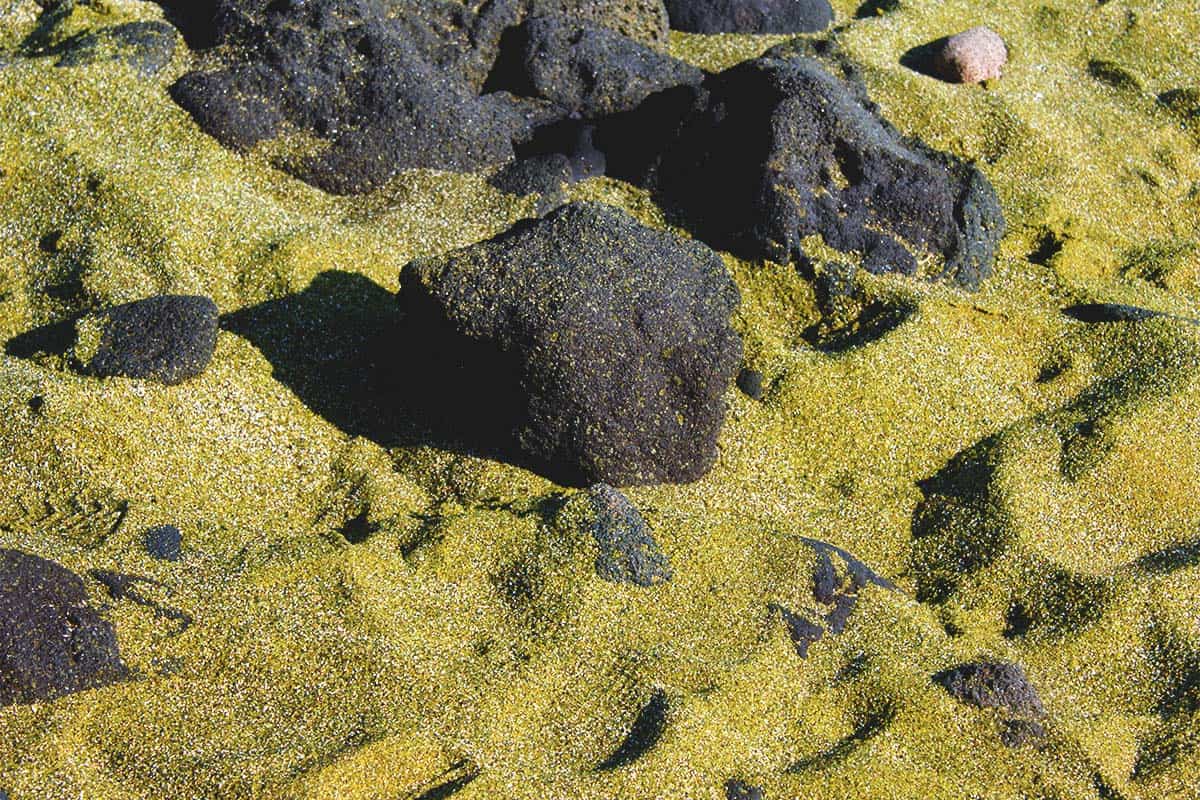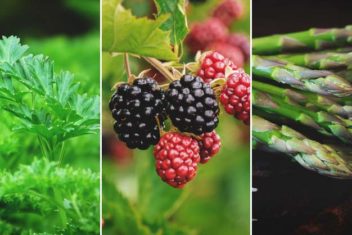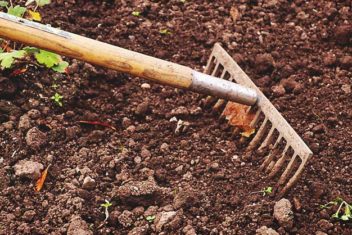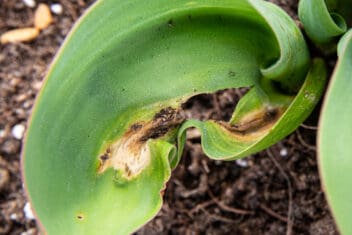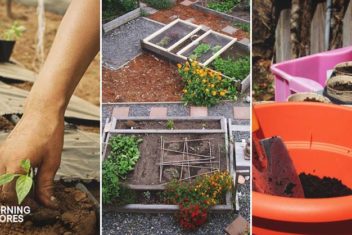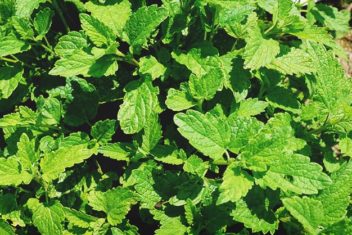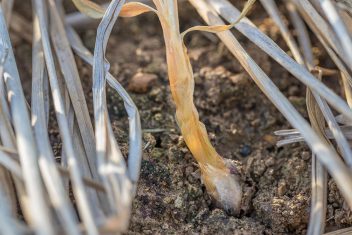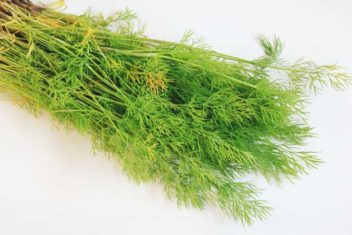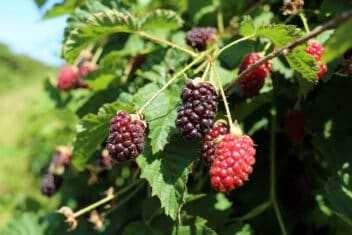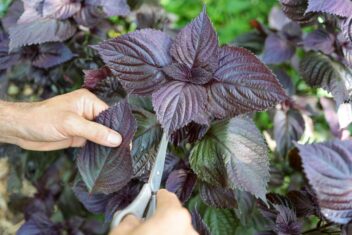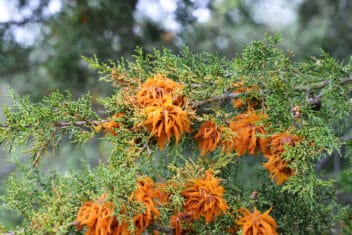Greensand is an organic soil amendment that’s fabulous for loosening up heavy soils and improving drainage. It also adds potassium and a number of micro-nutrients to the soil.
Greensand doesn’t burn plants and is safe to put on your soil at any time of year. Unlike some soil amendments, it won’t leach away.
Greensand contains potash, which is important for overall plant health and is vital to plants during their entire life cycle. It helps plants resist and disease and is crucial for flowering and producing fruit.
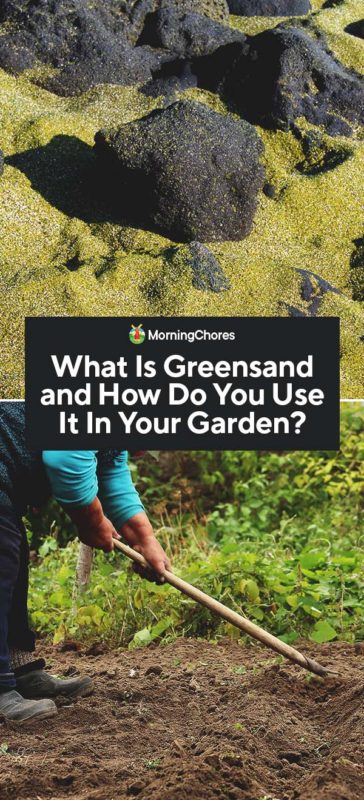
What Is Greensand?
Greensand is the bottom sediment deposit layer in ancient oceans. More recently, it has gone through a weathering process forming it into a fine sand texture. The greenish color comes from minerals such as iron ore and glauconite.
The scientific name for the mineral is glauconite, which comes in rock form as well. It’s made up of particles of mica, clay and other minerals.
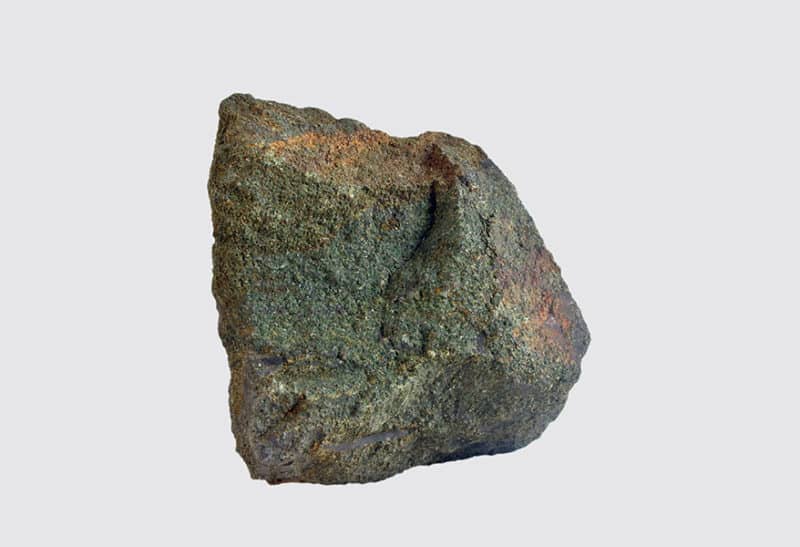
Where do you find greensand? You may have heard of Jersey Greensand. This is a common type sold in the United States. It comes from the state of New Jersey.
At one time in our geological history, New Jersey was underwater. When the water receded, it left marine sediment deposits. These are now mined and dried. Newer deposits have been found in East Texas and Arkansas.
Many countries along the Mediterranean Sea have deposits of the material, as does England.
Why Greensand is Helpful
Greensand is a soil amendment that helps condition the soil. It works to loosen the earth and is especially good for improving compacted soil or heavy clay.
The material goes down into the soil and pushes heavy particles apart. This makes the soil lighter, which provides room for roots to expand and allows air to circulate in the soil.
Surprisingly, it’s also a good conditioner for sandy soils. Sand doesn’t readily absorb water, allowing it to pass through. This is good for drainage, but it also means nutrients are leaching out. Greensand absorbs up to ten times the amount of water versus regular sand, without waterlogging plants.
In fact, in a study at Rutgers University, researchers planted potatoes in sandy soil that had been amended with greensand. They saw a 16% increase in yields over a garden in unamended soil.
Greensand also has important nutrients – it contains about 3% potassium (that’s the “K” in NPK). It also contains 30 minerals including iron, magnesium, calcium, and phosphorus.
Mineralization
Another benefit of adding greensand is mineralization. Your plants need minerals to help them respirate, take in nutrients and expel waste. These tasks often require small amounts of trace minerals to be present.
Without minerals, your plants won’t be as healthy. Greensand helps to improve the overall health of your soil.
One study used Brix testing with refractors to examine the mineral content of fruits and vegetables. Produce with a higher mineral content did better in taste tests. So, it seems that a healthy plant is also a tastier plant.
How Greensand Saved My Garden
To better understand how greensand can be useful, let me tell you about my experience. When I purchased my Kentucky farm in 2006, my soil was like a rock. In fact, much of my soil is basically limestone.
I needed to amend the soil so that I could garden. After consulting with some friends and one of my agriculture professors, I decided greensand was the way to go because it would loosen the soil and add nutrients. The first step was to have a soil test done to determine how much I needed.
I decided to start with 50 pounds spread out over 1,000 square feet. I walked around with a spreader anywhere I planned to grow food crops.
These days, I can really see the difference in my soil and feel the lighter texture. Its fun looking at all my different garden areas compared to when I first cultivated them. The older the garden area, and the longer I have been adding greensand and other amendments, the lighter and healthier the soil.
Where to Use Greensand
Greensand is not just for your flower garden. You can use it on your lawn, in farm pastures, in your orchard or among berry plantings.
The pH of greensand varies depending on where it was mined and other influences in the soil. It varies from slightly acidic to slightly alkaline, but it doesn’t dramatically alter your overall pH as it’s slow acting.
Seed Starting
You can mix greensand into your seedling mix when starting seeds to make it lighter. It’s especially good for plants that develop a tap root early and for root crops such as beets, which can be finicky to transplant. Mix in one cup per gallon of seedling or starter mix.
Container Plants and Houseplants
Whenever you have plants in a container, you need to pay special attention to the roots and make sure they have the conditions they need to grow. Greensand helps condition the soil so that the roots can easily spread out.
Place four tablespoons of greensand per gallon of potting soil and mix well. This also helps provide your houseplants with minerals that help make chlorophyll.
Fruit Trees
Sprinkle two cups of greensand into the soil around your fruit trees. Make sure to spread it out along the drip line so that it’s accessible to the roots. If you have a large orchard, you can spread 50 pounds of greensand per 1,000 square feet.
Cactus
Cactus love a sandy soil mix. In addition, they have a need for slow release minerals. Add 1/2 cup of greensand to your cactus potting soil mix for good results.
Vegetable Gardens
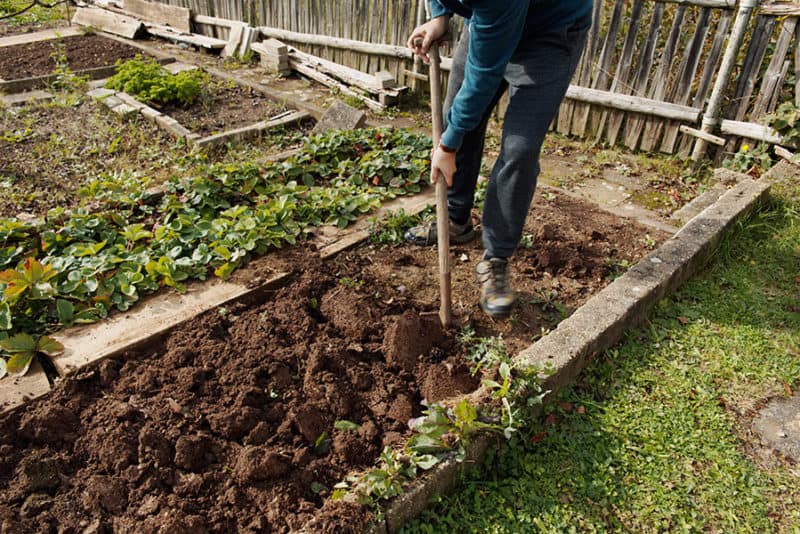
Application rates vary depending on soil conditions and intended use. If you have a good foundation based on a soil test and just want to supplement as a soil conditioner, apply 25 pounds per 1,000 square feet.
If you have mineral deficiencies in calcium, phosphorus, iron or magnesium, adding greensand helps long term, though it isn’t a quick fix. It’s particularly wonderful for tomatoes and eggplants.
Flowers
Flowers love greensand. The marine deposits have many of the minerals that flowers need. Greensand supports flower growth.
Want beautiful roses? Roses especially seek out potash, silica, iron oxide, magnesium, phosphorus. Place one cup around each plant.
Compost Pile
Sprinkle a cup of greensand to your compost pile every time you add a green layer for those that use the layering method. It increases the nutrients in your pile and benefits your microbes.
Lawn
Greensand can help improve your lawn by adding nutrients and loosening up compacted soil. You can also sprinkle it along with lawn seed when you’re seeding a new area. Sprinkle it directly onto your lawn at a rate of 16 pounds per 1,000 square feet. Use 25 pounds per 1,000 square feet when applying along with lawn seed.
Water Softener
The primary reason greensand is mined is that greensand glauconite is used in water treatment as a water softener. In addition, it’s used to treat well water to remove dissolved iron and manganese deposits.
Problem Areas
Applying greensand helps to fight problems with chlorosis in soils that are iron, magnesium or zinc deficient. Chlorosis is a plant condition where the plant doesn’t produce adequate chlorophyll.
This causes the leaves to turn yellow or white and affects the plant’s ability to produce food, causing them to die.
Greensand adds these minerals to the soil and helps to alleviate the deficiency.
How To Apply Greensand
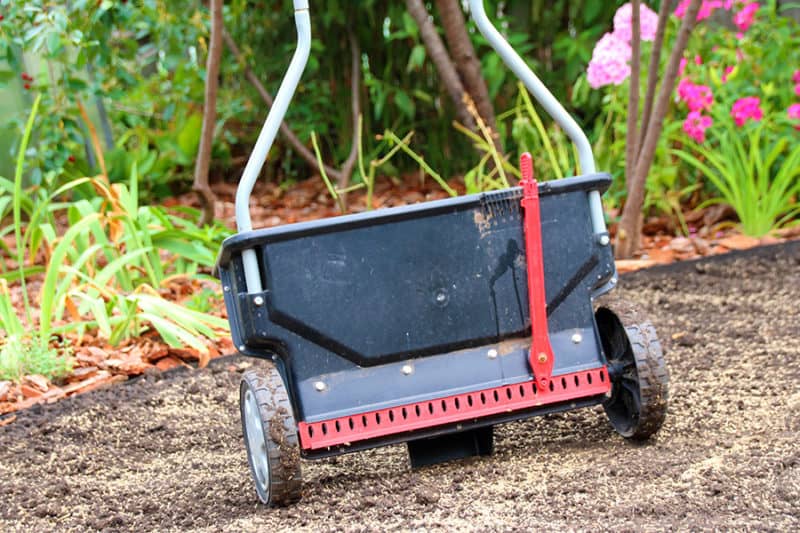
Greensand is easy to apply. If you are adding it to a raised bed or container you can sprinkle it on the soil with a scoop. In a small garden, broadcast it evenly over the surface. Larger areas may require a spreader. It has the consistency of sand and flows easily in a spreader or seeder.
You can work it into the soil or leave it on the surface.
Greensand is a slow-release form of fertilizer. If your soil tests show that you are deficient in potash, combine your greensand with Natural Sulfate of Potash for a quicker release. That way you immediately get some potassium in the ground.
Make Greensand a Part of Your Garden
Greensand is a useful soil conditioner that addresses a wide range of problems in your garden. Add it to loosen heavy clay soils or bind sandy soils together. It can also add necessary minerals to the soil, ensuring that your plants grow healthy and strong.
